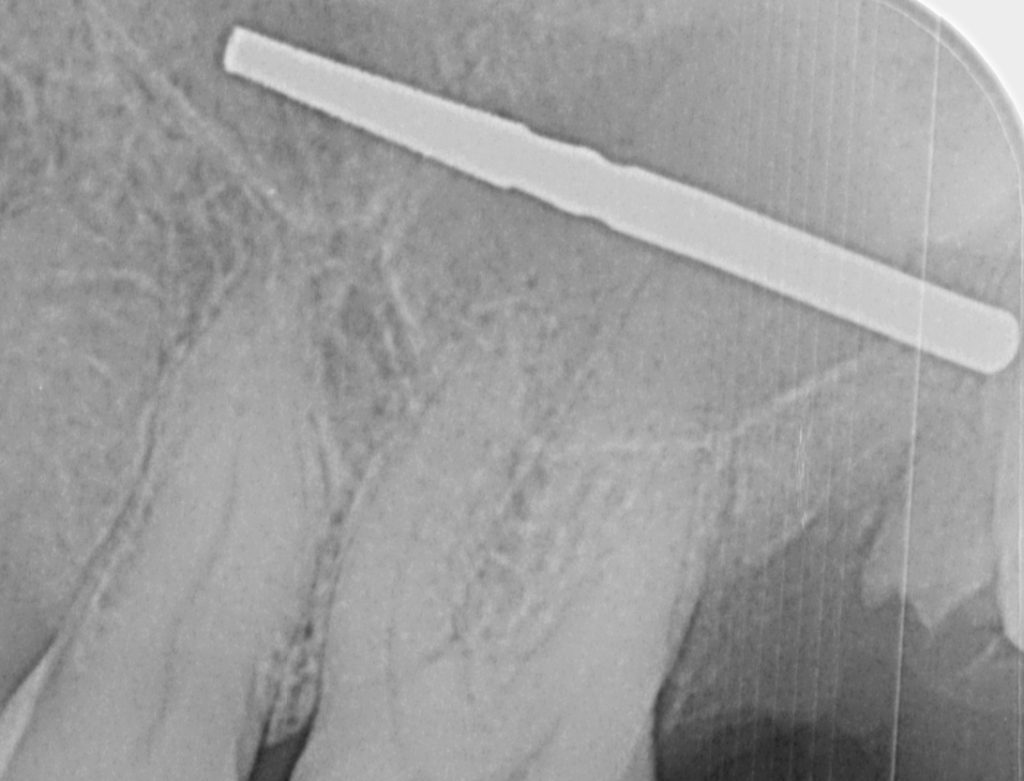“something intended to disguise or draw attention away from an often embarrassing or unpleasant issue[1]”
It’s not all that unusual for a pre-action Letter of Response, (“LOR”) to deny most or indeed all of the initial allegations intimated in Letter of Claim. However, sometimes a pre-action LOR introduces arguments which really surprise, and it is important to analyse these to understand whether they have any relevance.
In a recent dental negligence case in which I was instructed:
- The Defendant’s solicitors stated that the LOR was produced with the benefit of having obtained expert evidence from a General Dental Practitioner.
The difficulty for them with this was that the Defendant was a registered dental Specialist, and had most certainly held himself out to be so to the Claimant in respect of the complex treatment which he had provided. So, the appropriate standard against which his clinical work in this case needed to be measured was that of a reasonable registered dental Specialist in the relevant specialty.
- It was said that the Claimant had already brought regulatory proceedings against the Defendant before the dental regulator, the General Dental Council, (“GDC”), and that an Interim Orders Committee “had not taken the case forward”. It was further said that this same Committee had “established that none of the allegations were proven” and that the Defendant’s fitness to practice was not impaired and the case had not been taken forward.
The difficulty with this was fourfold:
- It is not an “informant” that “brings regulatory proceedings” before the Dental Regulator. That is the role of the regulator itself, having carried out its own investigations, with due consideration as to its statutory function (principally the protection of the public), and applying the relevant test as to “reasonable prospects” of an allegation of misconduct or poor professional performance in relation to fitness to practice being found by a Professional Conduct Committee.
- A fundamental misunderstanding of the role of the GDC Interim Orders Committee. That Committee does not establish whether allegations are proven or not:
“The Interim Orders Committee (IOC), is a statutory committee of the GDC which considers if it is necessary to make an order affecting an individual’s registration for the protection of the public or otherwise in the public interest or in the interest of the individual concerned pending (emphasis added) the GDC’s investigation and if necessary, the outcome of any inquiry by a Practice Committee”[2].
- As it happened, the Claimant had, in any event, recently received correspondence from the GDC to say that they were still continuing to investigate his complaint concerning the Defendant. It was therefore apparent that the GDC had not yet made a decision as to whether there was an issue relating to the Defendant’s fitness to practice.
- Whatever the decision of a GDC investigation or Practice Committee that itself would not be binding upon the County Court in subsequent civil proceedings[3].
- It was said that the Claimant had already brought a claim against the Defendant in the County Court which had been struck out, with the Claimant being ordered to pay the Defendant’s costs, and it was intimated that the Claimant was at risk of abuse of process being found if he continued to litigate on matters which had previously been determined.
The difficulty with this was that whilst the Claimant, unrepresented at the time, had indeed brought a small claim against the Defendant on the basis that the latter had refused to return and had thereby stolen dental moulds produced for him by another dentist, that claim did not involve allegations of clinical negligence and was thus wholly different. The Costs Order had been promptly paid.
- It was said that the Defendant would have a counterclaim against the Claimant for outstanding professional fees, which would have the effect of reducing the Claimant’s claim to £nil, with costs owing, in any event.
The difficulty with this was that the Claimant was wholly unaware of any outstanding treatment fees owed. The Defendant had never rendered any invoices, requests for payment or indeed provided treatment cost quotes or estimates. The Defendant had been paid to carry out remedial treatment in respect of a previous dentist’s work by a finance company involved in funding the original dentist’s work. There was no identification in the LOR of the sum allegedly owed by the Claimant, or the treatment in respect of which outstanding professional alleged fees were said to relate.
There was, in fact, very little in the LOR that actually addressed the allegations of breach of duty within the Letter of Claim, and of that, there was plenty to challenge. The bulk of the LOR was “smoke and mirrors”.
Following conference, my instructing solicitor sent a suitably robust response, together with a pre-action part 36 Offer to settle.
The Defendant settled.
[1] Definition downloaded from https://www.merriam-webster.com/dictionary/smoke%20and%20mirrors on 20 September 2023
[2] Definition downloaded from https://www.gdc-uk.org/docs/default-source/facing-a-concern/ioc-registrant-guidance.pdf?sfvrsn=f952bfd8_4#:~:text=The%20Interim%20Orders%20Committee%20(IOC,the%20GDC%27s%20investigation%20and%20if on 20 September 2023
[3] Such judgments in other proceedings/jurisdictions are not admissible evidence: see Phipson on Evidence (18th ed.) at 43-78; Hollington v F. Hewthorn & Co. Ltd [1943] KB 587. Although they may be “interesting”, the County Court would not be bound and would conduct its own investigation of the pleaded case.
